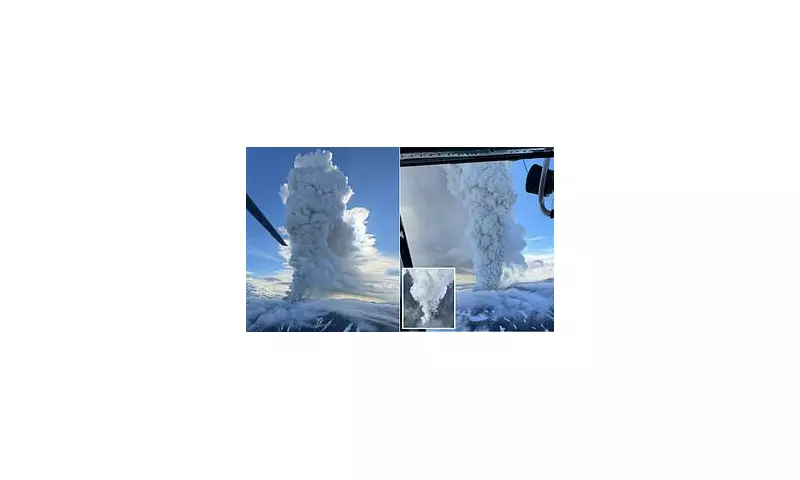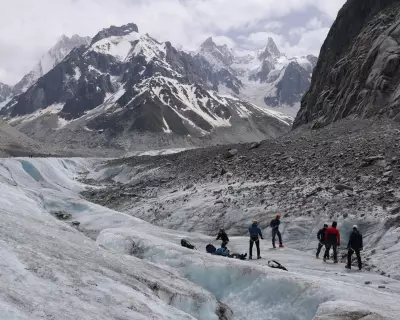
One of Russia's most active volcanoes, Shiveluch, has roared back to life after a 600-year slumber, unleashing a dramatic explosion that sent ash plumes soaring 10 kilometres into the sky. The violent eruption on the Kamchatka Peninsula has created a surreal landscape of fiery lava flows and billowing smoke, visible for miles.
A Sleeping Giant Awakens
Located in Russia's remote Far East, Shiveluch hadn't shown significant activity since the 15th century. Local scientists from the Kamchatka Volcanic Eruption Response Team (KVERT) described the event as 'exceptionally powerful', with pyroclastic flows racing down the mountainside at terrifying speeds.
Immediate Impacts
The eruption has already caused significant disruption:
- Ash fall covering villages within 50km radius
- Multiple domestic flights cancelled due to poor visibility
- Residents advised to stay indoors and wear masks
- Potential threat to international air routes
Scientific Significance
Volcanologists are particularly excited by this event as it provides a rare opportunity to study:
- The behaviour of ultra-plinian eruptions
- Long-dormant volcano reactivation patterns
- Effects of high-altitude ash dispersion
Dr. Elena Petrovna, leading the KVERT monitoring team, told reporters: 'This is a once-in-a-career event. The data we're collecting will reshape our understanding of Kamchatka's volcanic systems.'
What Comes Next?
While the immediate eruption phase appears to be subsiding, experts warn that:
- Secondary explosions may occur without warning
- Ash clouds could circle the globe within weeks
- Local ecosystems may face years of recovery
The Russian Academy of Sciences has dispatched additional monitoring equipment to track the volcano's activity around the clock.





